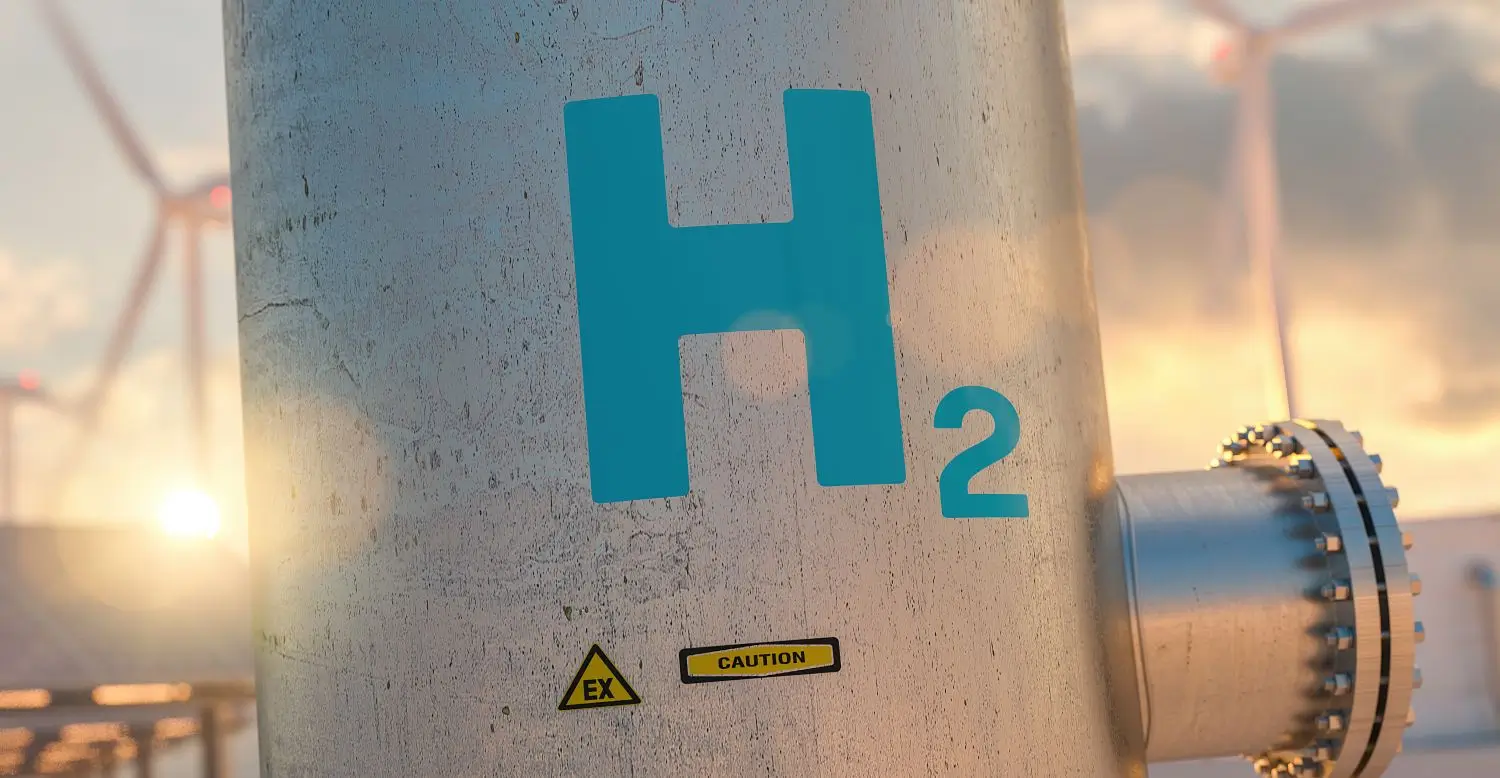Pulsar Helium: Laboratory Confirms 13.8% Helium Content!
Canadian Pulsar Helium (TSXV PLSR / WKN A3EP2C) had already confirmed the extremely high helium content previously measured at its Helium Project Topaz in Minnesota with a recent drilling, Jetstream #1. The on-site measurement already showed up to a spectacular 12.5% helium. Laboratory analyses conducted by two independent companies now even show 13.8% helium!
In total, the company reports in breaking news, eleven samples were examined, four at Isotech Laboratories (Isotech) and seven at Smart Gas Sciences LLC (Smart Gas). Among other findings, the aforementioned helium concentration of 13.8% was measured, originating from a sample at a depth of about 550 meters (1,801 feet).
13.8% Only the Minimum Content?
All the gas analysis data obtained was subsequently transmitted to Dr. Peter Barry, a noble gas isotope geochemist and Associate Scientist, as well as consultant to Pulsar at the Woods Hole Oceanographic Institution (WHOI). Dr. Barry concluded that this value represents a minimum source estimate (!) for helium, as the samples clearly contain small amounts of atmospheric (air) contamination. For understanding: The presence of this contamination reduces the measured helium content in proportion to the actual helium concentration of the source.
Another expert, namely Cliff Cain, CEO of Noble Gas Group, an international gas consulting company engaged by Pulsar, stated: ‘After comparing with our extensive database of helium occurrences around the world, we are pleased to say that the results from the Jetstream #1 exploration well are the highest helium concentrations we have ever seen. This is a significant milestone for Pulsar, and we are delighted with such a positive outcome for our client.’
Now Confirmed Helium Content More Reliable and Accurate
Pulsar had advanced Jetstream #1 to a depth of 2,200 feet or about 670 meters and had measured helium concentrations of up to 12.4% helium on-site with a quadrupole mass spectrometer at the end of February. Further samples were taken at depth, collected in Isotube gas canisters, and then sent to Isotech and Smart Gas for laboratory analysis. The helium content of 13.8% now determined is understandably considered both more reliable and more accurate than the measurement at the project site.
Pulsar also reports that Baker Hughes received the borehole data on February 29, and they are now awaiting the petrophysical interpretation by an external petrophysicist. The results will of course be made public upon completion.
Additionally, data from various tests are still pending, including flow tests and a pressure build-up program, as well as the collection of pressure gas samples for further laboratory analyses. Some patience is required here, as due to unusually high winter temperatures in Minnesota, weight restrictions on the road system that were originally expected only for spring have already been implemented. However, as soon as road conditions allow and authorities permit heavy road traffic again, these works can also be undertaken.
Conclusion: The laboratory analyses once again confirm what was already proven on-site. The helium concentration at Topaz is unparalleled worldwide and likely represents only the ‘minimum source estimate’, meaning it could be even higher without contamination from air and other gases! Goldinvest.de has been following this spectacular discovery for a long time and will, of course, keep its readers updated on further developments – flow and pressure tests!







